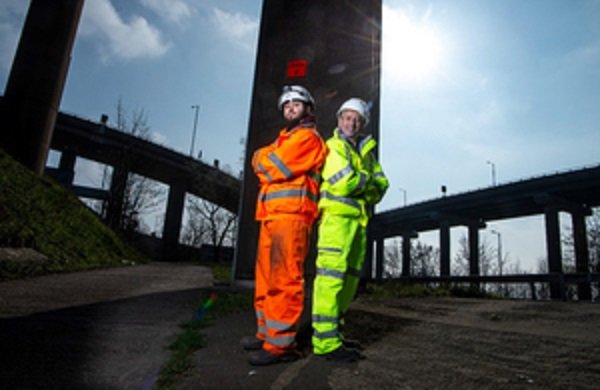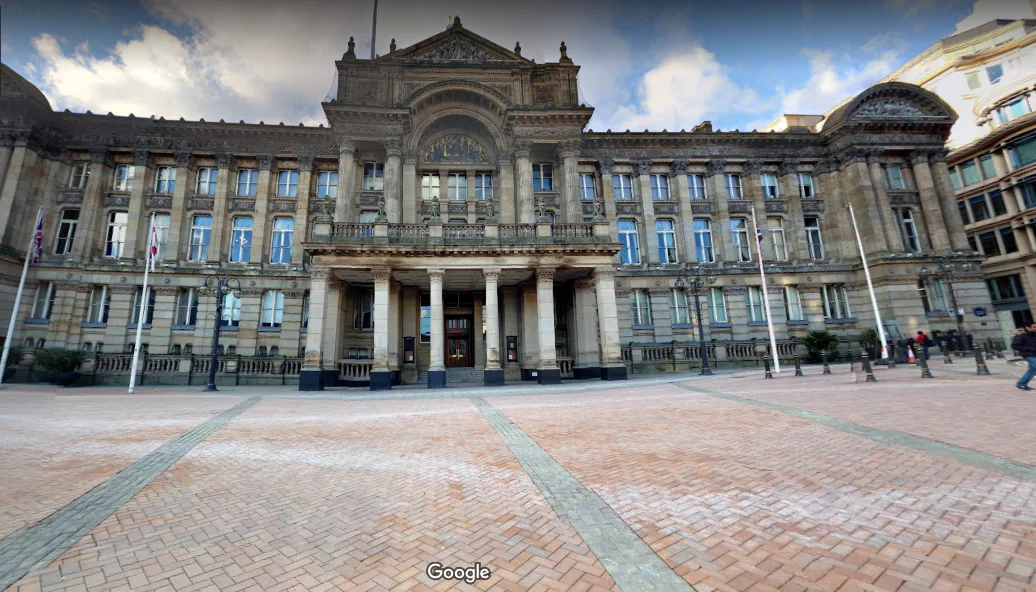When it comes to looking after the iconic Spaghetti Junction, Italian father and son duo Michael Del-Giudice and Lewis know the perfect recipe.
The intertwining structure is an integral part of England’s motorway network and on 24 May, it will be 50 years since the road first opened to traffic.
More than 200,000 vehicles currently use the junction every day and that means the structure requires constant maintenance and inspection by specialist teams from National Highways to help keep it safe for motorists.
Michael works for National Highways in the Midlands as part of its structures team while his son Lewis works for a service provider, Kier Highways.
The sprawling design of Spaghetti Junction means there are over 250 spans, crossbeams and expansion joints, more than 600 columns, and more than 3,000 bridge bearings.
It is said to be one of the busiest interchanges in Europe with two miles of slip roads sprawling out from the structure while accommodating less than one mile of the M6 itself.
Known officially as the Gravelly Hill Interchange, the junction is an integral part of the ‘Midland Links’ which joins up the M6, M1, and M5 motorways with the A38(M) Aston Expressway so traffic can travel into Birmingham.
Father-of-two Michael, aged 55, from Solihull, started working for Maunsell Ltd, who were providing engineering services to West Midlands County Council back in 1985.
Michael says this was “his first proper job” and it’s fair to say the rest is history.
Then just 18 years old, Michael was part of a structures team and was tasked with delivering inspections and maintenance work after the road had opened.
Michael said:
I remember being sent to Spaghetti Junction, standing underneath, looking up, and seeing this vast concrete mass above me, It was just incredible to see the scale of the structure. That first experience certainly left an impression on me, and I knew that I wanted to continue working in the engineering sector from that moment on. It really did shape my life.
Not to be outdone by his dad – Lewis Del-Giudice, aged 29 from Cannock, has also entered the world of structures engineering, and following in his father’s footsteps, he also works on the iconic road.

He said:
I really enjoy my job, especially the varied nature of the work. This road is unlike anything else I have worked on, and it is such an important part of England’s motorway network. My dad has always been my role model and growing up, he would speak about the road and how important it is to him personally and professionally. It certainly has a special place in our family.
Lewis works as part of a specialist team that monitors the performance of the various cathodic protection systems that are in place underneath the motorway. Cathodic protection is a process used to provide corrosion protection to reinforced concrete structures such as Spaghetti Junction.
It is a long-established method originally developed in the Victorian period to manage corrosion in maritime vessels. In its simplest form an electrical power supply – termed impressed current cathodic protection (ICCP) – is used to pass low voltage direct current electricity through surface mounted or embedded anodes into the concrete and then onto the reinforcement.
This means enhanced control of corrosion and helps to extend the life of the structure.
The systems are inspected and monitored to ensure they are functioning properly on a regular basis.





